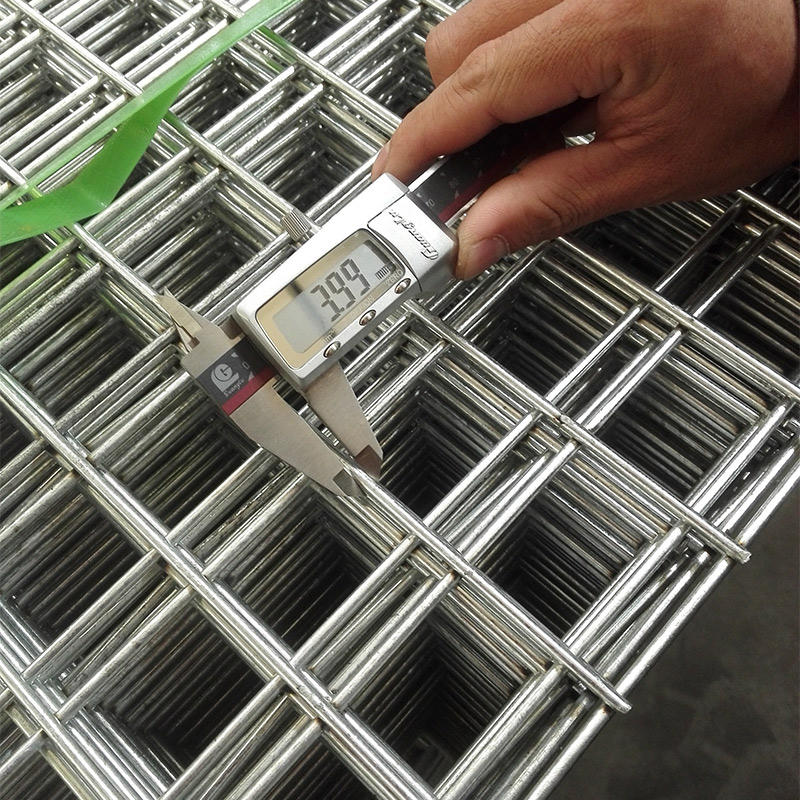Dec . 12, 2024 02:08 Back to list
barbed wire
The Symbolism and History of Barbed Wire
Barbed wire, an invention that has become synonymous with confinement and control, has a deep-rooted history and a complex symbolism in human society. Its very creation was not only a practical solution to a pressing need but also a representation of social and political dynamics that have shaped borders, farms, and even prisons throughout the years.
Invented in the late 19th century, barbed wire emerged during a time of significant transformation in the United States. The agricultural revolution was in full swing, and the need for effective fencing was paramount as settlers moved westward. Originally designed by Joseph Glidden in 1874, barbed wire provided a simplistic yet efficient means to contain livestock, thus protecting crops and property from the ever-encroaching wilderness. The sharp barbs deterred animals from breaching boundaries, hence allowing farmers to stake their claims on the land effectively.
However, while its invention facilitated the blossoming of agriculture, barbed wire also became a tool of exclusion. As settlers staked their claims, Indigenous populations found themselves increasingly pushed out of their lands, corralled by the very fencing that ensured agricultural prosperity for some. The wire became a physical manifestation of the frontier's conflicts, where the promise of civilization clashed violently with the rights and histories of Original inhabitants.
During the industrial age, the uses of barbed wire expanded dramatically. It was deployed in military applications, symbolizing a shift from agrarian to militaristic tensions. In World War I and II, barbed wire was a fixture on battlefields, serving as a deterrent against enemy advances and a stark representation of the horrors and chaos of war. The very presence of barbed wire in these contexts underscored the division between 'us' and 'them'—a physical barrier that echoed the ideological divides that marked these historic conflicts.
barbed wire

Furthermore, barbed wire has found its place as a psychological symbol throughout history. In the Holocaust, the wire coiled around concentration camps exemplified the ultimate loss of freedom and humanity. The images of barbed wire juxtaposed with innocent faces haunt our collective memory, serving as a reminder of human rights violations and the fragility of freedom. In various global conflicts and refugee crises, barbed wire continues to symbolize both despair and the attempt to contain populations, often in response to fear or prejudice.
In appearance, barbed wire is unyielding and harsh, with its twisted, jagged edges and cold metallic sheen. It represents a stark boundary, delineating where one entity ends and another begins. In contemporary society, it is often used in prisons, military zones, and even around monuments to control access and ensure security. This use has sparked debates about freedom, safety, and the balance of power in social hierarchies.
Yet, barbed wire is not solely a symbol of restraint or confinement. It can also represent resilience and survival. Farmers continue to use barbed wire for its practical benefits, and it serves as a testament to innovation addressing real agricultural challenges. Moreover, artists and activists have repurposed the image of barbed wire in ways that challenge its negative connotations. In art installations and performance pieces, barbed wire is sometimes used to evoke critical conversations about oppression, freedom, and the human condition, transforming a symbol of division into a catalyst for dialogue.
In conclusion, while barbed wire originated as a simple tool for livestock management, its evolution into a symbol of division, conflict, and resilience reflects the complex layers of human experience. It embodies both the aspirations and the transgressions of societies. As we navigate contemporary issues surrounding borders, rights, and freedom, the story of barbed wire serves as a powerful reminder of our past and a challenge to reconsider how we create our boundaries—literal and metaphorical. What remains clear is that while barbed wire can mark division, it simultaneously invites us to confront the deeper connections and responsibilities we hold toward one another in the shared landscape of human existence.
-
High-Quality Steel Grating Solutions for Industrial Applications | Durable, Safety, Customization
NewsJul.13,2025
-
Advanced Solutions-CompanyX|Enterprise Efficiency&Cost Reduction
NewsJul.13,2025
-
Sustainable Manufacturing-EcoTech Innovations|Waste-to-Energy System&Zero Emissions
NewsJul.13,2025
-
Welded Wire Mesh- Buildings Wiremesh Co., Ltd.|Durable Construction Material&Industrial Strength Solution
NewsJul.13,2025
-
Smart Production Solutions-Example Corp|AI Automation&IoT Monitoring
NewsJul.13,2025
-
Advanced Industrial Solutions-Advanced Industrial Solutions|Manufacturing Efficiency&Productivity
NewsJul.13,2025

